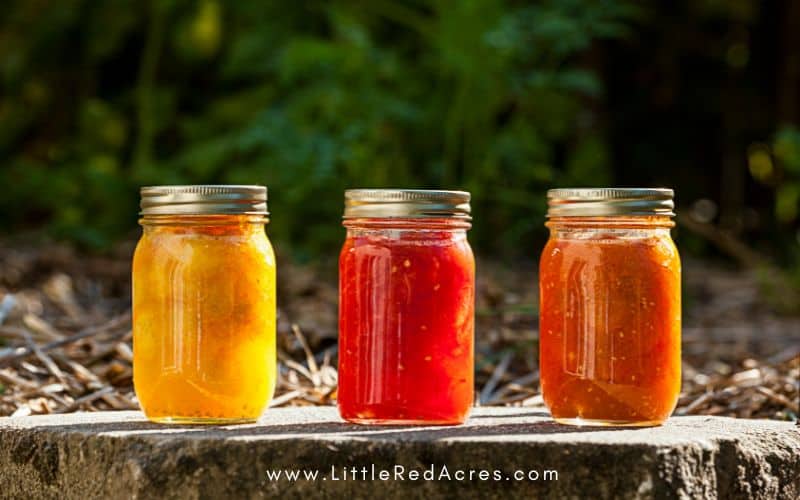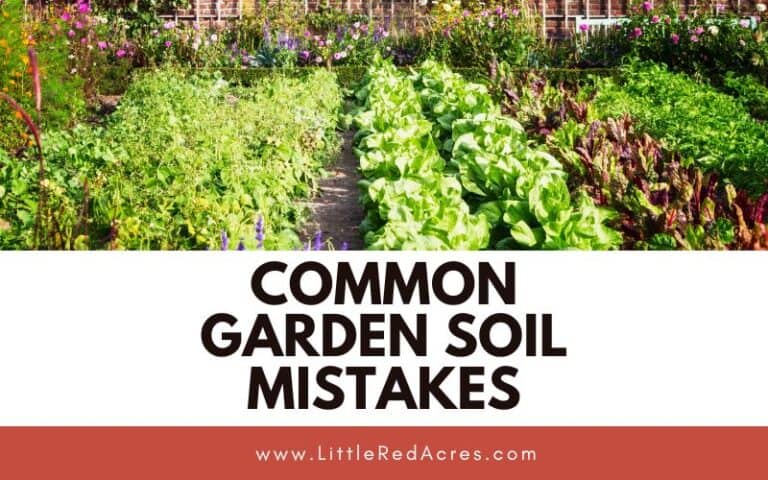Succession Planting
Succession planting is a technique that involves planting crops at different times so that you can have a continuous supply of fresh produce throughout the growing season. This method is particularly useful for homesteaders who want to maximize their harvest and give themselves time to preserve what they are harvesting before the next crop is ready.

This post may contain affiliate links, see my disclosure policy for more information.
Succession Planting
To get started with succession planting, first choose crops that have a short growing season and can be harvested quickly. Examples of such crops include lettuce, spinach, radishes, and green onions.
Get updates & freebies delivered to your inbox!
Next, determine the average length of your growing season, and plan your planting schedule accordingly.
Succession planting requires careful planning and organization, but it can significantly increase your harvest and ensure a continuous supply of fresh produce throughout the growing season. It also allows you to experiment with different varieties of crops, so you can determine which ones grow best in your area.
In addition to the benefits of increased harvest, succession planting also helps to control pests and diseases. By planting crops at different times, you can avoid creating a monoculture that is more susceptible to infestations and diseases. Crop rotation can help to prevent soil depletion, which can result in higher yields and healthier plants.
Succession planting is an essential technique for homesteaders who want to maximize their harvest. With careful planning and organization, you can enjoy a continuous supply of fresh produce throughout the growing season and keep your soil healthy and productive.
It's about working smarter, not harder.
Grow Transplants
You don’t have to wait for a crop to be finished in the garden before starting the next succession planting. Sowing seeds and growing seedlings in pots and trays can give them a head start. When space opens up, you can transplant healthy seedlings instead of sowing seeds.
Pull Some, Plant Some
As soon as plants — such as lettuce, spinach and peas — have passed their prime, pull them out and replant.

Some Extra Considerations for Succession Planting
Consider using companion planting to maximize your yields. Some crops, such as beans and corn, grow well together and can help to improve soil fertility and control pests.
Make sure to keep track of your planting schedule and take notes on how each crop performs. This will help you to fine-tune your succession planting plan over time and optimize your yields. You should plan to be planting every 2-3 weeks.
Use mulch to help retain moisture in the soil and reduce weed growth. This will help to ensure that your crops have the nutrients and water they need to grow strong and healthy and save you time in the garden.
Be prepared to harvest your crops on a regular basis. Succession planting means that you will have a continuous supply of fresh produce, but it also requires regular attention and care. Make sure to harvest your crops promptly to avoid spoilage. This means you are going to be canning, dehydrating, or freezing food every couple of weeks.







